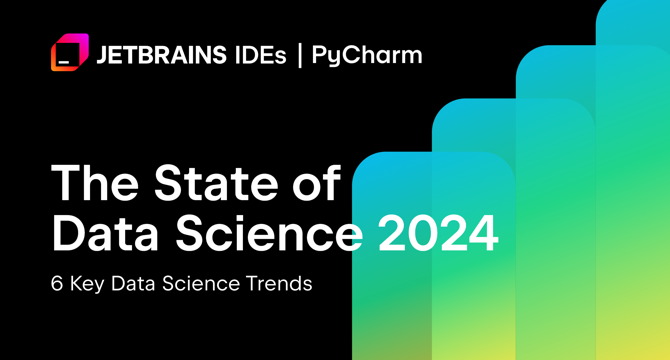Jetbrains
4w
326

Image Credit: Jetbrains
The State of Data Science 2024: 6 Key Data Science Trends
- The latest iteration of the Python Developer Survey, collected between November 2023 and February 2024, includes a new Data Science section which allowed for a more complete picture of trends over the past year.
- Data processing is an essential part of data science and pandas is still at the top of most commonly used data processing tools, used by 77% of respondents.
- Polars is gaining ground and been in the spotlight due to the advantages it provides in terms of speed and parallel processing, with 10% of respondents reportedly using the tool.
- Plotly Dash was the most popular visualization dashboard tool, however, HoloViz Panel is gaining traction within the PyData community and could catch up within the next year.
- Scikit-LMM is a new library worth paying attention to that allows you to tap into Open AI models to perform text analysis.
- MLOps tools designed for data science projects have emerged and continue to progress with tools like Docker containers now slightly ahead of Anaconda in the Python installation and upgrade category.
- Big data requires distributed computing resources such as Apache Spark and PySpark for better performance and scalability.
- Python events like PyCon and EuroPython have shifted focus towards data science with more tracks, talks, and workshops catering to data science use cases.
- The latest developments in the fields of data science and machine learning continue to rapidly change.
- PyCharm is an integrated development environment that can help data scientists efficiently build their skill set, providing intelligent coding assistance, top-tier debugging, version control, integrated database management, and seamless Docker integration.
Read Full Article
19 Likes
For uninterrupted reading, download the app